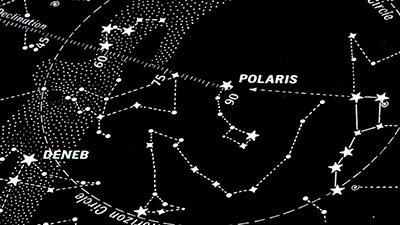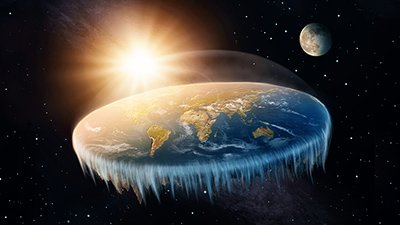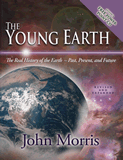
How Will You Use Your Extra Second at the End of This Month?
At the end of the day on June 30 this year there will be a leap second. That is, we will insert an additional second into our time reckoning. This will happen after 23:59:59 Coordinated Universal Time (UTC), which corresponds to 7:59:59 PM, Eastern Daylight Time. If you don’t update your clocks at that time, your clocks will be one second fast. OK, this won’t matter to most people, but there is a fascinating connection to creation in this story.
Throughout history, the basis for time measurement primarily has been the motion of the earth. For instance, the earth’s daily rotation defines the day. We subdivide the day into 24 hours, each hour into 60 minutes, and each minute into 60 seconds. Hence, there are 86,400 seconds in a day. However, the earth’s rotation is not a perfect time keeper, for its rotation changes ever so slightly. It was not until recent times that technology has allowed us to detect the minute changes in the earth’s rotation. For most people, this is of no consequence. But for some experiments that require extremely accurate time measurements, the earth’s rotation is not a good standard to measure time.
In the 1950s, scientists defined the second to be 1/31,556,925.9747 of the mean tropical year in the year 1900. This standard was adopted about the time that atomic clocks were developed, and scientists quickly realized that atomic clocks offered the possibility of a more dependable standard of time. In 1967, scientists redefined the second to be 9,192,631,770 cycles of a particular transition of the caesium-133 atom. This definition closely matched the length of the second then in use.
While this is a good definition of the second for precise scientific work, we like to keep the scientific measurement of time synchronized with the sun and hence with everyday life as closely as possible. The error between the two quickly accumulates. For instance, suppose that the earth were to slow its rotation by just 1/1000 of a second. After only one year (365 days), the accumulated error would be 0.365 seconds. When observations of the sun show that there is a discrepancy of 0.9 seconds, we add a leap second, either at the end of June 30 or six months later at the end of December 31. This has happened 25 times since 1972.
What causes the changes in the earth’s rotation? There are several causes. First, random events such as earthquakes can shuffle the earth’s material and change the earth’s moment of inertia. When the earth’s moment of inertia changes, conservation of angular momentum requires that the rotation rate must change as well. For instance, the 2004 Indian Ocean earthquake that caused the large tsunami shrunk the earth slightly and shortened the earth’s rotation by about 2.7 millionths of a second. Second, annual events such as seasonal growing and melting glaciers and ice caps change the earth’s moment of inertia. Third, there is a long-term periodic trend caused by astronomical bodies.
Finally, there is a long-term secular (non-periodic) slowing in the earth’s rotation caused by the tidal interaction of the earth and moon. As the earth slows its rotation, the moon spirals away from the earth. Therefore, in the past the earth spun more rapidly and the moon was much closer to the earth. Direct computation shows that the earth and moon would have been in contact about 1.3 billion years ago. Even a billion years ago the moon would have been so close to the earth that tides would have been a mile high. No one—including those who believe that the earth is far older than a billion years—thinks that tides were ever that high or that the moon and the earth touched a little more than a billion years ago.
What we see in the interaction between the earth and moon offers powerful evidence that the earth and moon are young.
However, since the earth and moon are only thousands of years old as the Bible clearly indicates, the long-term change in the earth-moon system is no problem. Indeed, what we see in the interaction between the earth and moon offers powerful evidence that the earth and moon are young. Think about that as you celebrate this month’s leap second.
Recommended Resources

Answers in Genesis is an apologetics ministry, dedicated to helping Christians defend their faith and proclaim the good news of Jesus Christ.
- Customer Service 800.778.3390
- © 2024 Answers in Genesis







